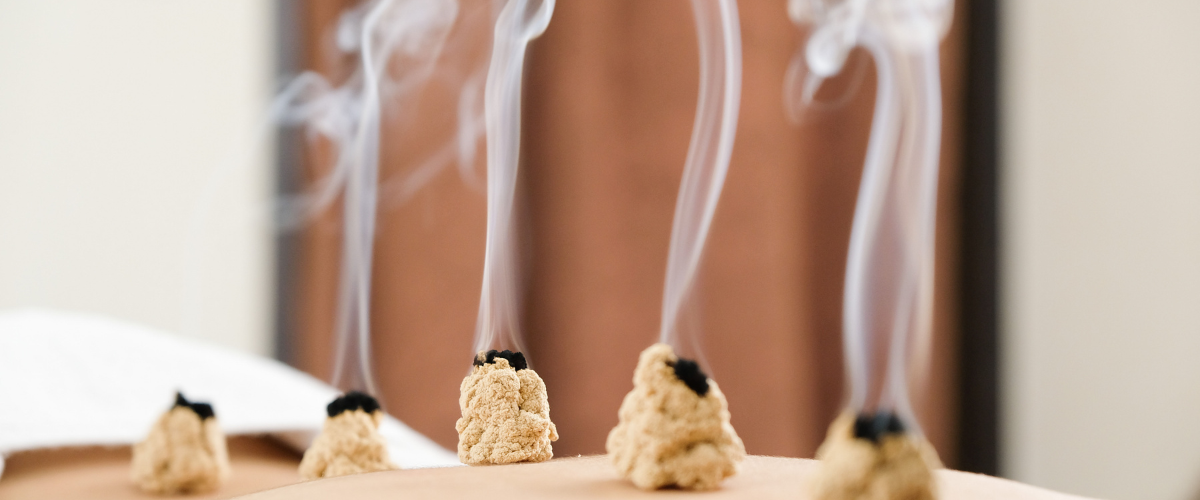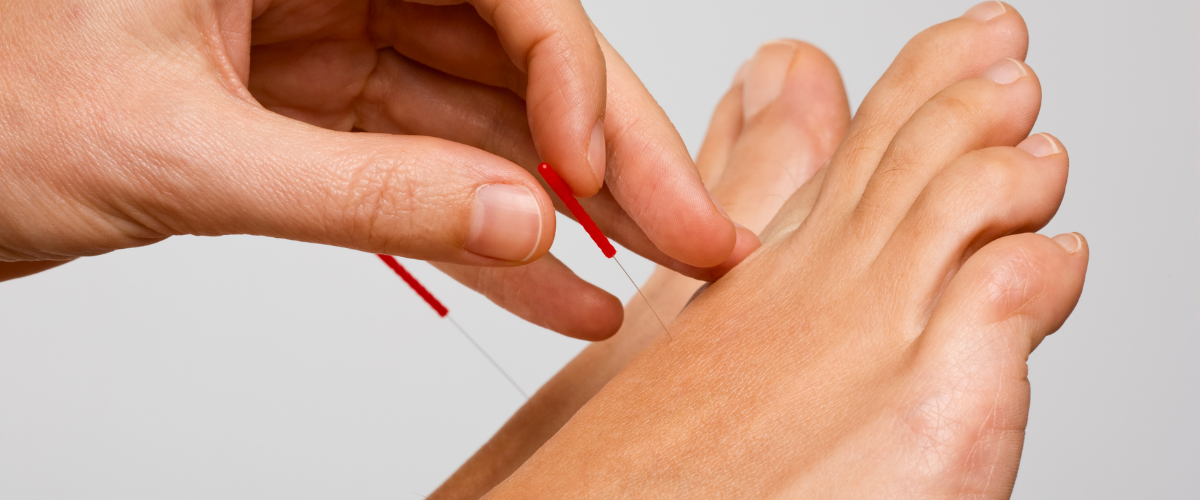Acupuncture has been recognized as a safe and effective alternative therapy for managing lower back and pelvic pain in females. Lower back and pelvic pain can be caused by various factors such as muscle strain, pregnancy, hormonal changes, or conditions like endometriosis or pelvic inflammatory disease. Unlike conventional treatments that often involve medication or surgery, acupuncture offers a non-invasive approach to addressing the underlying causes of pain. By inserting thin needles into specific points on the body, acupuncture can help restore balance and promote the flow of energy, known as Qi, throughout the body. This ancient Chinese practice has been found to improve blood circulation, reduce inflammation, and stimulate the release of natural pain-relieving chemicals, ultimately providing relief and improving overall well-being for women suffering from lower back and pelvic pain.

Common Causes of Lower Back and Pelvic Pain in Females
Common causes of lower back and pelvic pain in females can include menstrual cramps, which are caused by the contraction of the uterus during menstruation. Endometriosis, a condition where the tissue lining the uterus grows outside of it, can also cause significant pain in the lower back and pelvis. Other lower back and pelvic pain female potential causes include urinary tract infections, ovarian cysts, fibroids, pelvic inflammatory disease, and musculoskeletal issues such as muscle strains or sprains, herniated discs, or sciatica. It is important to consult a healthcare professional for an accurate diagnosis and appropriate treatment.

How can you differentiate between lower back pain and pelvic pain?
Lower back pain and pelvic pain can be differentiated based on their location and characteristics. Lower back pain is typically felt in the area between the ribcage and buttocks, while pelvic pain is experienced in the lower abdomen or pelvis region. Additionally, lower back pain may radiate down to the legs or buttocks, while pelvic pain may be accompanied by other symptoms such as urinary frequency, pain during intercourse, or menstrual irregularities. It is important to consult a healthcare professional for an accurate diagnosis and appropriate treatment.
Can hormonal imbalances contribute to lower back and pelvic pain in females?
Yes, hormonal imbalances can contribute to lower back and pelvic pain in females. Hormones play a crucial role in the regulation of various bodily functions, including the menstrual cycle and reproductive system. Fluctuations or imbalances in hormone levels, such as estrogen and progesterone, can lead to conditions like endometriosis, uterine fibroids, ovarian cysts, or polycystic ovary syndrome (PCOS), which can cause pain in the lower back and pelvic region. Additionally, hormonal changes during the menstrual cycle, pregnancy, or menopause can also affect the ligaments and muscles supporting the pelvis and spine, leading to discomfort and pain in these areas. Overall, hormonal imbalances can have a significant impact on female reproductive health and contribute to lower back and pelvic pain.
Are there any specific risk factors for developing chronic lower back and pelvic pain in females?
There are several specific risk factors that can contribute to the development of chronic lower back and pelvic pain in females. These include pregnancy and childbirth, hormonal changes such as menopause, certain gynecological conditions like endometriosis or fibroids, previous trauma or injury to the back or pelvis, sedentary lifestyle or prolonged sitting, obesity, poor posture, and psychological factors such as stress and depression. Additionally, certain occupations that involve heavy lifting or repetitive movements can also increase the risk of developing chronic lower back and pelvic pain in females. It is important to consider these risk factors when assessing and managing individuals with these symptoms to provide appropriate treatment and support.
Can pregnancy or childbirth lead to long-term lower back and pelvic pain in females?

Yes, pregnancy and childbirth can lead to long-term lower back and pelvic pain in females. During pregnancy, hormonal changes cause ligaments and joints to become loose and stretch to accommodate the growing baby, which can result in strain on the back and pelvis. Additionally, the added weight of the baby can increase pressure on the spine and pelvis. During childbirth, the muscles and tissues in the pelvic area may be stretched or injured, leading to ongoing pain. Furthermore, the physical exertion during labor and delivery can also contribute to muscle fatigue and strain. If left untreated, these factors can contribute to long-term lower back and pelvic pain in females.

Are there any lifestyle modifications that can help alleviate lower back and pelvic pain in females?
There are several lifestyle modifications that can help alleviate lower back and pelvic pain in females. Firstly, maintaining a healthy weight through regular exercise and a balanced diet can reduce the strain on the back and pelvic area. Engaging in low-impact exercises like swimming or yoga can also help strengthen the core muscles and improve posture, thus decreasing pain symptoms. It is essential to avoid prolonged sitting or standing and take frequent breaks to stretch and change positions. Additionally, using supportive footwear, practicing good ergonomics, and avoiding heavy lifting can further prevent or lessen back and pelvic pain. Lastly, managing stress levels through relaxation techniques such as deep breathing, meditation, or engaging in hobbies can also contribute to reducing pain and promoting overall well-being.
What imaging or diagnostic tests are typically used to identify the underlying cause of lower back and pelvic pain in females?
There are several imaging and diagnostic tests that are commonly used to identify the underlying cause of lower back and pelvic pain in females. These include X-rays, which can help detect fractures or abnormalities in the bones of the spine or pelvis; MRI scans, which provide detailed images of the soft tissues, including the spinal discs, ligaments, and nerves; CT scans, which offer cross-sectional images of the spine and pelvis and can help detect issues such as herniated discs or tumors; ultrasound, which is useful for assessing the reproductive organs and identifying conditions like ovarian cysts or uterine fibroids; and bone scans, which can help detect areas of increased bone activity that may indicate inflammation or infection. The choice of test depends on the specific symptoms and suspected underlying cause of the pain.

Are there any effective non-surgical treatment options available for managing lower back and pelvic pain in females?

Yes, there are several effective non-surgical treatment options available for managing lower back and pelvic pain in females. These can include physical therapy, which focuses on exercises and stretches to improve strength and flexibility in the affected areas, as well as techniques such as heat or cold therapy, massage, and ultrasound. Additionally, medications such as nonsteroidal anti-inflammatory drugs (NSAIDs) and muscle relaxants may be prescribed to help alleviate pain and reduce inflammation. Other non-surgical treatments that can be beneficial include acupuncture, chiropractic care, and cognitive behavioral therapy, which focuses on addressing the psychological factors that contribute to pain. It is important for individuals experiencing lower back and pelvic pain to consult with a healthcare professional to determine the most appropriate treatment plan for their specific condition.
Acupuncture as an Effective Treatment for Lower Back and Pelvic Pain in Females
In conclusion, acupuncture has shown promising results in alleviating lower back and pelvic pain in females. Numerous studies have reported positive outcomes, demonstrating that acupuncture can effectively reduce the intensity and frequency of pain, improve overall function, and enhance the quality of life for women suffering from these conditions. By stimulating specific points along the body’s meridian system, acupuncture promotes the flow of energy and releases endorphins, which act as natural painkillers. The holistic approach of acupuncture not only addresses the symptoms but also targets the underlying imbalances within the body, providing long-lasting relief. Therefore, for females experiencing lower back and pelvic pain, acupuncture can be considered a safe and effective alternative or complementary treatment option to alleviate their discomfort and enhance their well-being.
